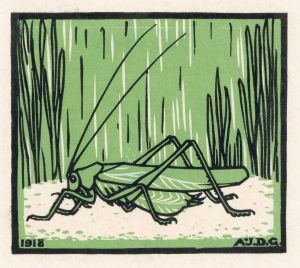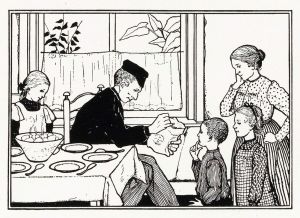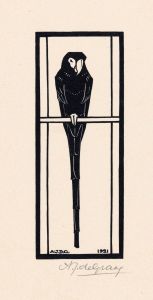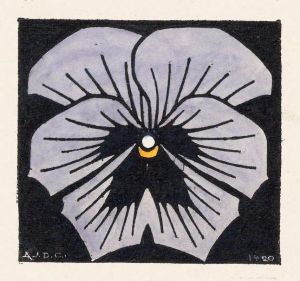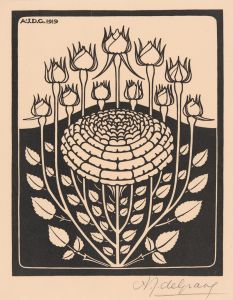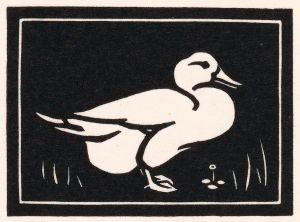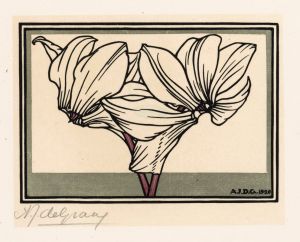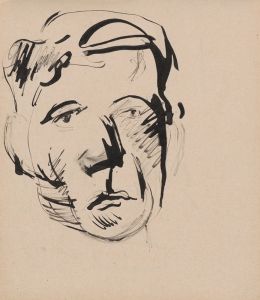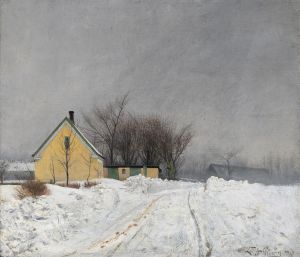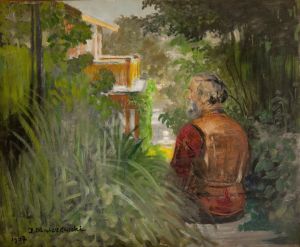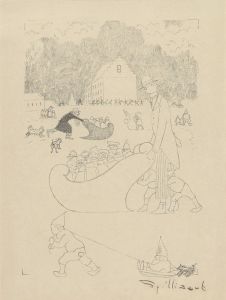
Januari
A hand-painted replica of Julie de Graag’s masterpiece Januari, meticulously crafted by professional artists to capture the true essence of the original. Each piece is created with museum-quality canvas and rare mineral pigments, carefully painted by experienced artists with delicate brushstrokes and rich, layered colors to perfectly recreate the texture of the original artwork. Unlike machine-printed reproductions, this hand-painted version brings the painting to life, infused with the artist’s emotions and skill in every stroke. Whether for personal collection or home decoration, it instantly elevates the artistic atmosphere of any space.
Julie de Graag was a Dutch artist known for her distinctive style and contributions to the art world during the early 20th century. One of her notable works is "Januari," a piece that exemplifies her unique approach to art and her skill in capturing the essence of her subjects.
Julie de Graag was born on March 18, 1877, in Gorinchem, Netherlands. She studied at the Royal Academy of Art in The Hague, where she developed her skills and began to establish her artistic identity. De Graag was part of the Dutch art movement known as the Hague School, which was characterized by its focus on realism and attention to detail. Her work often included elements of nature, animals, and everyday life, rendered with precision and a keen eye for composition.
"Januari" is a woodcut print, a medium that de Graag frequently employed in her work. Woodcut is a relief printing technique where the artist carves an image into the surface of a block of wood, with the raised areas representing the parts that will be inked and printed. This method allows for bold contrasts and a strong graphic quality, both of which are evident in "Januari."
The piece "Januari" depicts a scene that is typical of de Graag's style, with a focus on natural elements and a harmonious composition. The use of black and white in the woodcut emphasizes the stark beauty of winter, capturing the essence of the month of January. De Graag's attention to detail and her ability to convey mood through minimalistic means are evident in this work. The simplicity of the composition, combined with the intricate details, showcases her mastery of the woodcut technique.
Throughout her career, Julie de Graag's work was well-received, and she exhibited her art in various exhibitions. Her contributions to the art world were significant, particularly in the realm of printmaking, where she demonstrated the potential of woodcut as a medium for fine art. Despite her success, de Graag's career was relatively short-lived, as she struggled with health issues and eventually withdrew from the public eye.
Julie de Graag passed away on February 2, 1924, in The Hague, Netherlands. Her legacy, however, continues to be appreciated by art enthusiasts and historians. Her work, including "Januari," remains a testament to her skill and artistic vision. De Graag's ability to capture the beauty and simplicity of nature through her art has left a lasting impact on the world of printmaking and continues to inspire artists today.
In summary, "Januari" by Julie de Graag is a fine example of her work as a printmaker and artist. The piece reflects her dedication to her craft and her ability to convey complex emotions and scenes through the medium of woodcut. Her contributions to the art world, particularly in the early 20th century, remain significant, and her work continues to be celebrated for its beauty and technical excellence.





